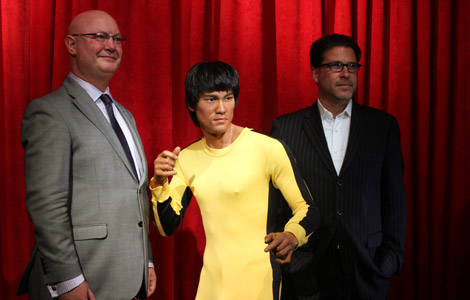Surviving as a wildlife photographer
Updated: 2014-06-13 07:12
By Chen Liang(China Daily)
|
||||||||
As a result, they registered IBE as a company in Beijing. Xu and Guo Liang were the only two full-time workers. The company managed to break even in 2010.
As the IBE photographs were seen by more people in books, magazines and exhibitions, their business started to boom.
"During our work, we found that even the best nature reserves in China are short of images to demonstrate their rich fauna and flora and to show case their achievements in conservation to the public, "Xu says. "We have huge space to grow."
He says that his team has been trying to standardize their working process over the past two years. "We usually send a team of five to seven photographers, often specializing in different fields, such as mammals, birds, plants and insects, to launch an expedition. After a survey, we will give a copy of all images from the trip and a comprehensive report to our employer."
He is also proud of IBE's contribution to science and conservation. Every year the IBE photographers, many of whom are researchers in different fields of life science, record between 10 and 20 news pecies or new records for China from their expeditions. "Ourphotos, all with GPS information, will help scientists and reserve managers research and protect certain species and their habitat," he says.
Through exhibitions and publications, their photos help more Chinese get a glimpse of the country's rich natural heritage. "Few Chinese know that our biodiversity is one of the richest in the northern hemisphere," Xu says. "You must know about it before caring for it."
The success of IBE has brought the institute and Xu Jian various awards, including a top prize at 2013 Ford China Environmental Award. The prize was200,000yuan. Part of the money was used to fund the latest IBE expedition to Dulong River Valleys in northwestern Yunnan, Xusays.
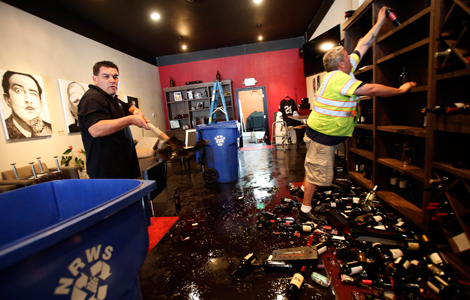
 6.1 earthquake rocks San Francisco Bay Area
6.1 earthquake rocks San Francisco Bay Area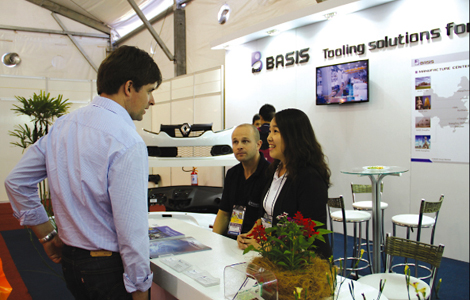
 Auto-moulding firms eye Brazil
Auto-moulding firms eye Brazil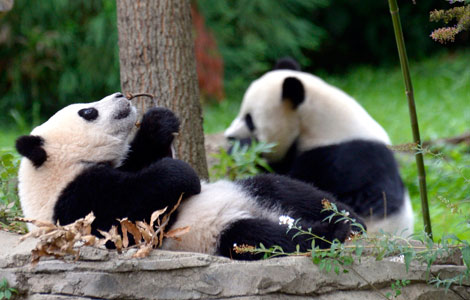
 Bao Bao, blessed with many birthday wishes
Bao Bao, blessed with many birthday wishes
 Heartbreaking partings for 'left-behind children'
Heartbreaking partings for 'left-behind children'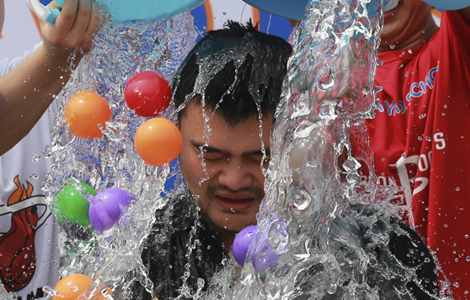
 Yao Ming takes on Ice Bucket Challenge
Yao Ming takes on Ice Bucket Challenge
 Luxury automobile expo held in Beijing
Luxury automobile expo held in Beijing
 YOG: Mixed intl team semifinal of table tennis
YOG: Mixed intl team semifinal of table tennis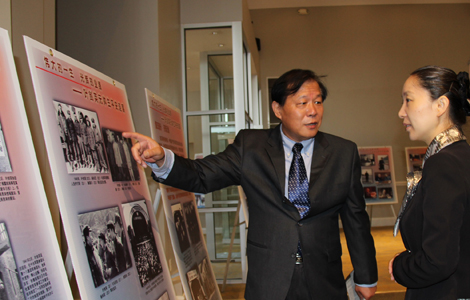
 Exhibit explores Marshal Ye's legacy
Exhibit explores Marshal Ye's legacy
Most Viewed
Editor's Picks

|

|

|

|

|

|
Today's Top News
Calif. governor declares emergency from quake
American held in Syria freed
Washington DC seeks more Chinese tourism
California hospital treats 70 plus after quake
White House aides to attend funeral of black teen
Man, 18, accused of being mastermind in imam's murder
China urges US to stop close-in surveillance
US seeks multi-prong strategy against ISIL forces
US Weekly

|

|

